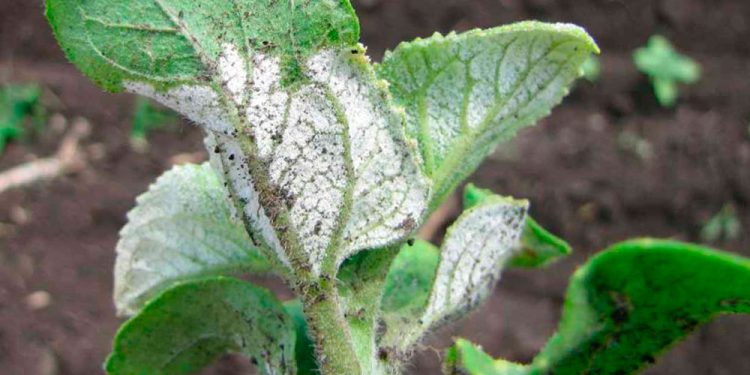#PlantDiseaseManagement #CropProtection #FungalPathogens #GeneticModification #ResistanceBreeding
Downy mildew caused by Peronospora parasitica is a common and devastating disease affecting plants, including vegetables, ornamentals, and fruit crops. This fungal-like pathogen is highly contagious and can rapidly spread, leading to significant yield losses and economic damages.
The development of downy mildew is highly dependent on weather conditions and host plant susceptibility. The pathogen can infect plants through spores that spread through air or water. Symptoms of the disease include yellowing and wilting of leaves, as well as the appearance of grayish-white mold on the undersides of leaves.
Managing downy mildew requires a combination of cultural, chemical, and biological control methods. Crop rotation, proper irrigation, and pruning practices can help reduce the spread of the pathogen. Fungicides and biopesticides can also be used to control the disease.
Recent advancements in molecular biology and genetics have also provided new opportunities for managing downy mildew. For example, the development of resistant plant varieties through genetic modification can reduce the susceptibility of plants to the pathogen.
Overall, understanding and managing downy mildew caused by Peronospora parasitica is crucial for maintaining healthy crops and reducing economic losses. By implementing a combination of management strategies, growers can effectively control the spread of this destructive pathogen.































